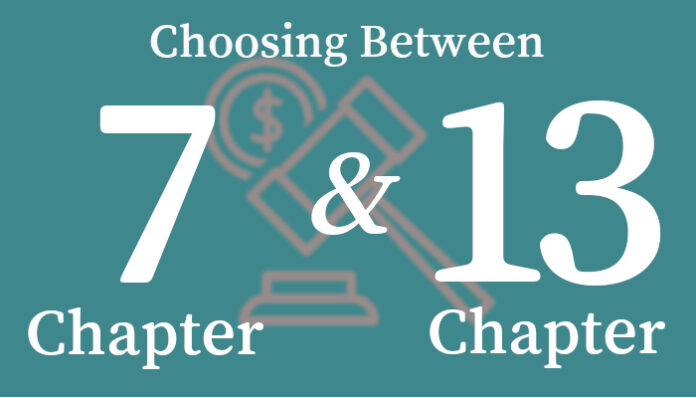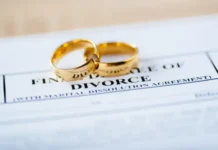Bankruptcy is a legal process that individuals and businesses use when they are unable to pay their debts. For individuals, there are two main types of insolvency: Chapter 7 and Chapter 13 bankruptcy. Each type has its own set of benefits and drawbacks, so it’s important to understand which one is right for your particular financial situation before you file. The following guide will provide information about the different types of bankruptcy and how to determine which one is best for you.
Deciding Which Type is Right for You
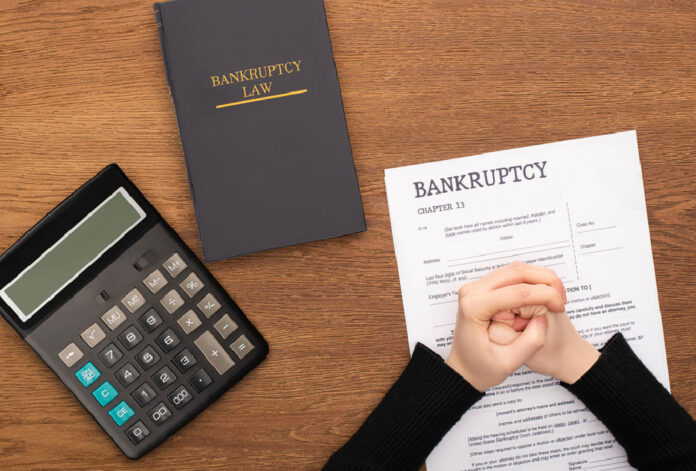
When deciding which type of bankruptcy is right for you, it’s important to take into account all of the potential benefits and drawbacks associated with each option. If you have few assets and little disposable income after basic living expenses are deducted from your gross income, a Chapter 7 bankruptcy may be a better option. On the other hand, if you have a regular income and can make monthly payments to a court-appointed trustee, then a Chapter 13 may be more suitable.
It’s also important to understand what will happen after your bankruptcy is discharged. In most cases, once you get bankruptcy discharge papers, at the conclusion of the proceedings, all of your debts are cleared and you can start fresh with a clean slate. However, it’s important to remember that filing for insolvency does not erase any negative items from your credit report. Additionally, some types of debt cannot be discharged in either type of bankruptcy filing.
Finally, it’s important to consider seeking professional help when determining which type of insolvency to file for. An experienced attorney or financial advisor can provide valuable advice and guidance on all aspects of the process, from helping you determine which type of bankruptcy is best for your situation to providing advice on how to manage your finances after you file. Additionally, it’s important to consult bankruptcy information online so that you can familiarize yourself with all of the legal requirements and procedures associated with filing for bankruptcy. This way, you can make sure that everything goes as smoothly as possible throughout the entire process.
By carefully considering all of these factors, you can ensure that you choose the right type of bankruptcy for your unique financial situation and get back on track financially. Filing for bankruptcy may be a difficult decision, but if done properly it can provide lasting relief from debt and give you a new start. With the right information and advice, you can make sure that your bankruptcy filing is successful and get the financial freedom you desire.
Chapter 7 Bankruptcy
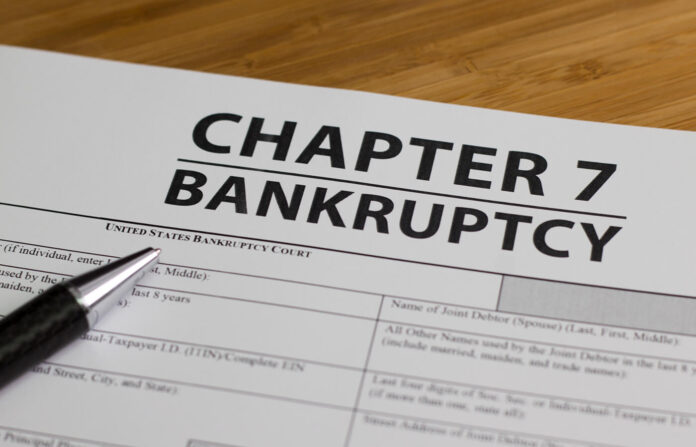
It is designed for individuals who have little or no disposable income after basic living expenses are deducted from their gross income. In this type of insolvency, all non-exempt assets are sold in order to pay off the debt. After all debts are paid, the debtor is given a complete discharge of any remaining unsecured debts. The primary benefit of Chapter 7 bankruptcy is that it completely discharges most forms of unsecured debt, including credit card debt and medical bills.
The primary drawback to filing for Chapter 7 bankruptcy is that it can have a negative impact on your credit score for up to 10 years. Additionally, some assets may not be exempt from sale in order to pay off creditors. In some cases, the court may require you to use part or all of your income tax refund in order to satisfy certain debts. Finally, there is a risk that some creditors may challenge the validity of your discharge if they believe it will not fully cover their losses.
Chapter 13 Bankruptcy
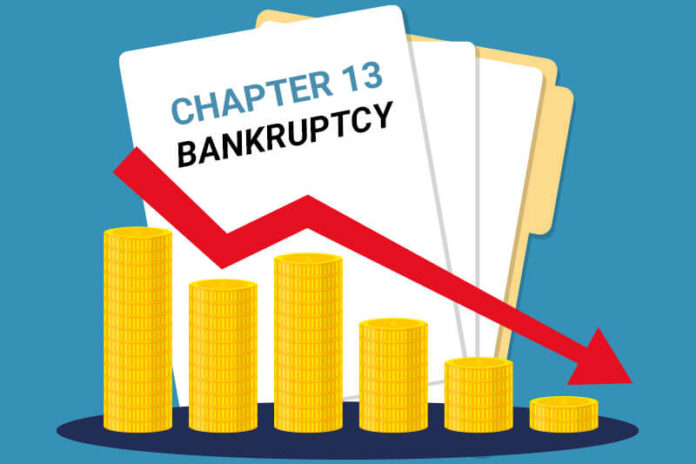
It is designed for individuals who have a regular income, but are struggling with debt because of job loss or other financial difficulties. In this type of bankruptcy, the debtor makes monthly payments over time to a court-appointed trustee in order to pay off some or all of their debts. The primary benefit to filing for Chapter 13 bankruptcy is that you can keep your assets and maintain control over your finances. Additionally, creditors cannot pursue any legal action against you during the repayment period, so you don’t have to worry about being harassed by collection agencies.
The primary drawback to filing for Chapter 13 bankruptcy is that it does not discharge all unsecured debts. Some types of debt, such as student loans and unpaid taxes, cannot be discharged in this type of insolvency. Additionally, the repayment plan must be approved by the court before it can go into effect, which can take a significant amount of time.
Finally, if you fail to make your payments on time or default on your payment plan completely, the court may convert your filing to a Chapter 7 bankruptcy.
Conclusion
Making the decision to file for bankruptcy is never easy, but understanding which type of bankruptcy to file for can help ease the burden of debt. By taking into account all of the potential benefits and drawbacks associated with each option, consulting a qualified attorney or financial advisor, and familiarizing yourself with bankruptcy information online, you can make sure that you get the best possible outcome from your filing. With the right guidance and advice, you can be on your way to getting a fresh start financially. Just remember to always keep a copy of your bankruptcy discharge papers so that if needed you can prover to your creditors that all of your debts have been cleared.
In summary, filing for bankruptcy is a serious decision and requires careful consideration of all the potential options. It’s important to understand which type of bankruptcy is best for your situation and prepare accordingly. By doing this, you can get your finances back on track and get your bankruptcy discharge papers in no time. With the right information, advice, and guidance, you’ll be able to make sure that your bankruptcy filing goes as smoothly as possible.
